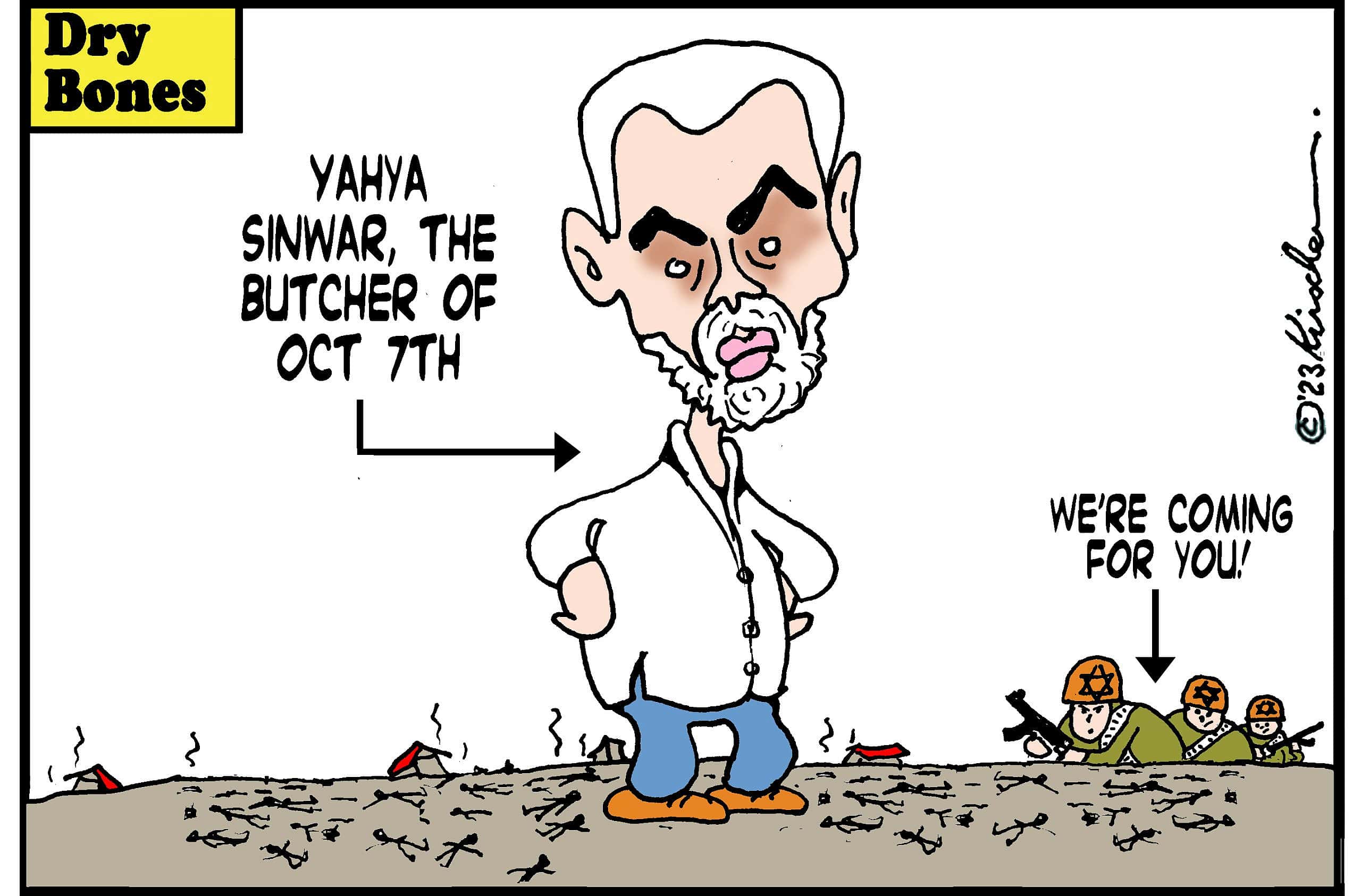The political landscape in the Middle East is often characterized by rapid changes and complex dynamics, and the recent resurgence of Yahya Sinwar as a key leader within Hamas is no exception. Sinwar, who has a long history with the organization, has returned to a prominent position, prompting discussions about the future direction of Hamas and its implications for the Israeli-Palestinian conflict.
Yahya Sinwar was first elected as the leader of Hamas in the Gaza Strip in 2017, succeeding Ismail Haniyeh. His leadership has been marked by a focus on military strength and resistance against Israel, which has resonated with many within the organization and its supporters. Sinwar’s background as a former prisoner and his deep ties to the military wing of Hamas have positioned him as a figure who embodies the group’s commitment to armed resistance.
In recent months, reports have surfaced indicating that Sinwar is actively working to rebuild Hamas’s military capabilities. This effort comes in the wake of significant losses suffered by the group during previous conflicts with Israel, particularly during the 2021 Gaza conflict. The rebuilding process is not only focused on military assets but also on enhancing the political infrastructure of Hamas, which has faced challenges in governance and public support.
The implications of Sinwar’s resurgence are multifaceted. On one hand, his leadership could lead to a more unified Hamas, as he seeks to consolidate power and strengthen the organization’s internal cohesion. This could result in a more coordinated approach to both military operations and political negotiations. On the other hand, a stronger Hamas under Sinwar’s leadership may also escalate tensions with Israel, as the group may feel emboldened to pursue more aggressive strategies in response to perceived threats.
The geopolitical context surrounding Sinwar’s leadership is also critical. The ongoing Israeli-Palestinian conflict has seen various shifts in alliances and power dynamics, particularly with the involvement of regional players such as Iran and Egypt. Sinwar’s approach may be influenced by these external factors, as he navigates the complex relationships that Hamas maintains with other actors in the region.
Furthermore, the humanitarian situation in Gaza remains dire, with ongoing blockades and economic challenges exacerbating the plight of the civilian population. Sinwar’s leadership will be scrutinized not only for its military and political strategies but also for its ability to address the pressing needs of the people in Gaza. The balance between military ambitions and humanitarian considerations will be a significant challenge for Hamas moving forward.
As Sinwar works to rebuild Hamas, the international community will be closely monitoring developments. The potential for renewed violence or escalated conflict raises concerns for regional stability and security. Diplomatic efforts aimed at resolving the Israeli-Palestinian conflict may face additional hurdles as Hamas seeks to assert its influence under Sinwar’s leadership.
In conclusion, Yahya Sinwar’s return to a leadership role within Hamas marks a significant moment in the ongoing dynamics of the Israeli-Palestinian conflict. His focus on rebuilding the organization’s military and political capabilities could have far-reaching implications for the region. As the situation evolves, the international community will need to remain vigilant and engaged in efforts to promote peace and stability in a complex and often volatile environment.



